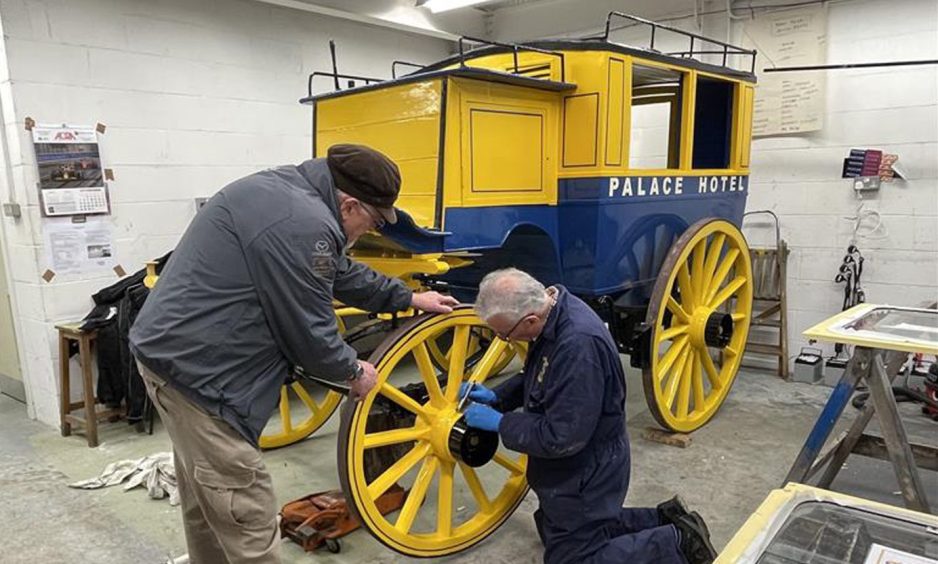
A 123-year-old horse-drawn omnibus will soon transport passengers back to the Victorian era, after its painstaking restoration from a rotten pile of wood.
Dedicated volunteers at the Grampian Transport Museum (GTM) have spent five years slowly and carefully refurbishing the vehicle.
And all being well, it will be harnessed up with horses to join other heritage vehicles at the Alford museum’s popular rides days next year.
As well as literally piecing the crumbling coach back together, volunteers have also been trying to piece together its history.
It’s thought to have come from the Palace Hotel in Peterhead, before spending decades lying in a barn near Slains Castle.
But its backstory remains somewhat of a mystery.
Omnibus was gifted to Grampian Transport Museum in 2018
The omnibus – or at least what remained of it – was gifted to the museum on November 27 2018 by the late Hugh Gibson of Ballater.
Hugh was well-known in the community and had a large collection of memorabilia.
He sadly passed away in 2021, and it’s not known where he acquired the omnibus from, only that he’d hoped to restore it.
Initially it was believed he acquired the vehicle from Mossat Antiques near Alford at some point.
But the current and former business owners told trustees they’d no knowledge of the omnibus.
Gang of behind-the-scenes volunteers keep museum vehicles in order
Many people would have looked at the peeling paint, rotten wood, missing wheels, and condemned it to the scrapheap.
But clearly Hugh knew she was worth hanging onto, while the trustees and volunteers at the museum had the vision and skills to bring her back to life.
You could be forgiven for thinking stationary vehicles and museum pieces don’t need much in the way of maintenance, but you’d be wrong.
Behind the scenes at GTM, there’s a whole team of volunteers restoring and servicing vehicles.
Collectively they’re nicknamed ‘the black hand gang’, and the uniform? Boiler suits and hands clad in black grease, oil, paint, or whatever volunteers might be turning their hand to that day.
While they might sound like a secret society, there are no secrets, the volunteers are only too willing to share their knowledge.
In fact, they’d love a few more to join the gang.
Those working on the omnibus include Mike Rasmussen, Sandy Shirras, John Rahtz, David Shand, Rodger Sambrook, Geoff Wood and Mick Duncan, with support from Ross McKridy and Nick Webb.
Dwindling numbers of traditional skills makes restoration challenging
Trustee Mike Rasmussen has been with the GTM since its very inception when it was just an idea in the late 1970s.
Architect and talented self-taught joiner Mike has been heavily involved in restoring the omnibus, but emphasises “it’s very much a team effort”.
Each volunteer brings different strengths; Mike’s is woodwork, but others’ skills lie in metal fabrication or engineering.
While one job was so specialised it could only be carried out by a master of his trade.
After managing to source some original coach wheels, they too were in need of restoration.
This was tasked to the late Ian Grant in Fife, Scotland’s last working wheelwright.
He refurbished the wheels, which will now last another century, but sadly Ian didn’t live to see the finished omnibus in action.
Ian passed away in 2022, and now there is no wheelwright left in Scotland.
Snippets of history revealed through layers of paint removal
Loss of knowledge is perhaps a bigger threat to vehicle preservation than funding.
Mike explains: “So many specialist skills are being lost; wheelwrights, signwriting, upholstery. There are only two signwriters that we know of in Scotland who do this kind of work.
“People are no longer being taught these traditional skills.”
Luckily, the bulk of the restoration has been carried out in-house by volunteers at the museum’s small workshop.
To the uninitiated, the task appears overwhelming, but before it could be built up, it needed stripped back.
Mike said: “The panels were taken off and new ash framing was fitted.
“The original panels were reused, and when we were stripping it down we were going down through the layers of paint.
“We carefully sanded down through the paint to discover the original colours and tried to match them as closely as we could.”
With each layer, the omnibus revealed another little snippet of its history, until the original colours – primrose yellow and blue – were uncovered.
Volunteer Mike found 1901 makers’ signatures hidden under panel
Despite decades of dereliction, incredibly 60% of the original panels were saved.
Mike managed to create ‘new’ panels from mahogany wood salvaged from an 1895 London and North Western Railway carriage at Deeside Railway.
But the original coach panels were curved, so Mike had to fashion a DIY steam box from a wallpaper steamer and tarpaulin to gently bend the wood.
After an hour steaming, the panels were screwed down to dry and set.
During the stripping, Mike found signatures of the original coachbuilders under the front nearside panel.
In faint pencil, it read ‘Builders {W McNab, W Emslie and Leask} March 8th 1901’.
Meanwhile the front and main axles were stamped with different dates: 1886 and 1900 respectively, suggesting they had previously been repurposed.
Aberdeen City Council bought omnibus in 1975 for horse rides
But this information didn’t make the omnibus’s origin much clearer.
It arrived clad in remnants of Aberdeen City Council livery, leading volunteers to believe Hugh may have acquired it from Doonies Farm in the 1980s or 1990s.
Mike visited Doonies Farm last year before its closure to find out more.
Graham Lennox, who ran the farm, was unable to shed light on its history, but thought, historically, rides had taken place at city parks using Doonies’ horses.
The trustees then approached keen historian and Aberdeen Councillor Barney Crockett to turn detective.
His research confirmed the omnibus had been purchased by the late David Welch, then-director of parks and recreation, at auction on June 28 1975.
It was one of several bought by the council under the auspices of Mr Welch to give rides at Hazlehead Park.
Coach belonged to Palace Hotel – but in Aberdeen or Peterhead?
So far all the information pointed to the omnibus having a working life in Aberdeen.
The 1975 auction was called to sell part of the vast collection of vehicles belonging to Donald Stewart, architect, and first president of Bon Accord Steam Club.
But the plot thickened. The photograph of the coach in the auction catalogue showed it bearing the name ‘Palace Hotel’ on the side. But which Palace Hotel?
Mr Crockett’s source suggested it potentially belonged to the former Palace Hotel on the corner of Bridge Street and Union Street.
The Palace Hotel was built in 1874, and was taken over by the Great North of Scotland Railway in 1891.
Railway hotels often had an omnibus to shuttle passengers and luggage between stations and accommodation.
But the GNSR installed a hydraulic lift from the platform directly to the hotel, which begged the question, would they have needed a new omnibus in 1901?
Children played on abandoned coach near Slains Castle in 1950s and ’60s
The GNSR Association suggested the omnibus could have belonged to the Palace Hotel in Peterhead.
A press clipping from August 1893 reported a serious fire at Laing’s Hotel, Peterhead, where the horses and omnibus were “destroyed”.
By 1899, the hotel was renamed the Palace Hotel, and there’s a theory this coach was ordered circa 1900 by new owner Mrs Porterfield.
However, there was another twist in the tale.
A visitor to the workshop spotted the coach and exclaimed: “I used to play in that at Cruden Bay in the ’60s!”
It turned out he wasn’t the only one. A plea for information in Cruden Bay found many people were familiar with the old coach, and also believed it came from the Palace Hotel in Peterhead.
Names inscribed in omnibus match those on 1901 census in Peterhead
Locals said it lay abandoned in a shed near Slains Castle and been enjoyed by youngsters during the 1950s and ’60s.
It’s then believed the aforementioned Donald Stewart later bought Slains Castle with a view to developing the grounds, therefore acquiring the omnibus.
There were certainly coachbuilders in Peterhead in 1901.
And the census from that year lists three cartwrights living in Peterhead whose names exactly match those inscribed in the omnibus.
They were William McNab, 18; William Emslie, 21, and George Leask, 35.
This would place it in Peterhead at the turn of the century.
And although the intervening years remain a bit of a mystery, it’s hoped when the omnibus is up and running it might jog a few memories.
Omnibus will carry passengers once again in 2025
The restoration is now in its final stages. Several coats of primer, undercoat and paint later, and she’s gleaming in yellow once again.
With a lack of available signwriters, Mike has stencilled the Palace Hotel livery on himself, and has been tackling the tricky art of painting coach lines on the wheels.
He says these finishing touches are the hardest part.
But this is an authentic, honest refurbishment and the devil is in the detail.
From reinstating upholstery to ensuring slotted screws are lined up, it all matters.
With the addition of a harness and horses, the omnibus will take to the circuit fleet alongside vintage fire engines and post buses.
The omnibus may be an antique, but trustee Kevin McCormick is keen she isn’t just a museum piece.
He said: “We want more experiences, we want people to enjoy our vehicles – they all have a local provenance and we’re really looking forward to unveiling the omnibus.”
If you have any memories or information that could help piece together the omnibus’s history, please email: kirstie.waterston@eveningexpress.co.uk
If you enjoyed this, you might like:
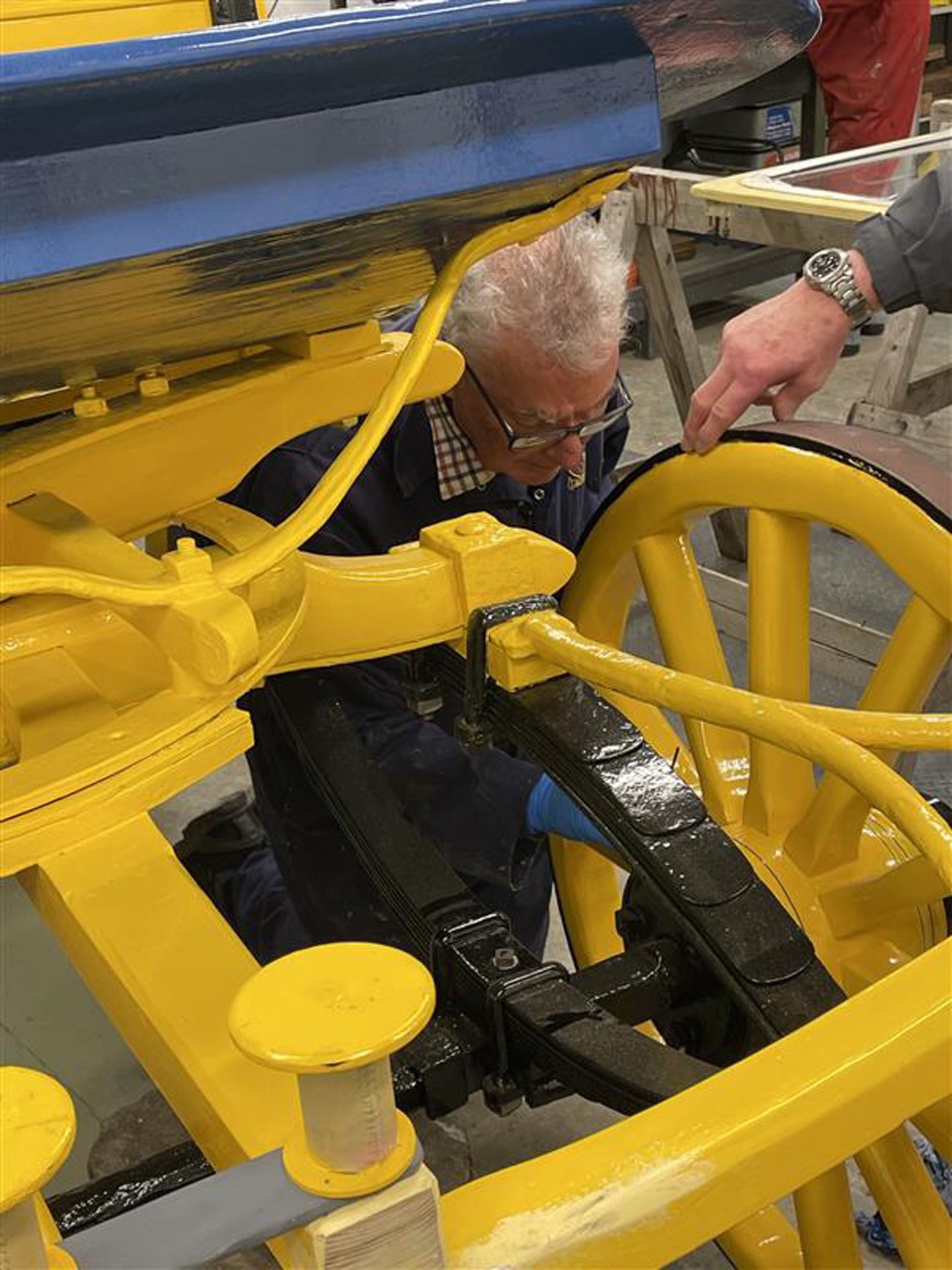
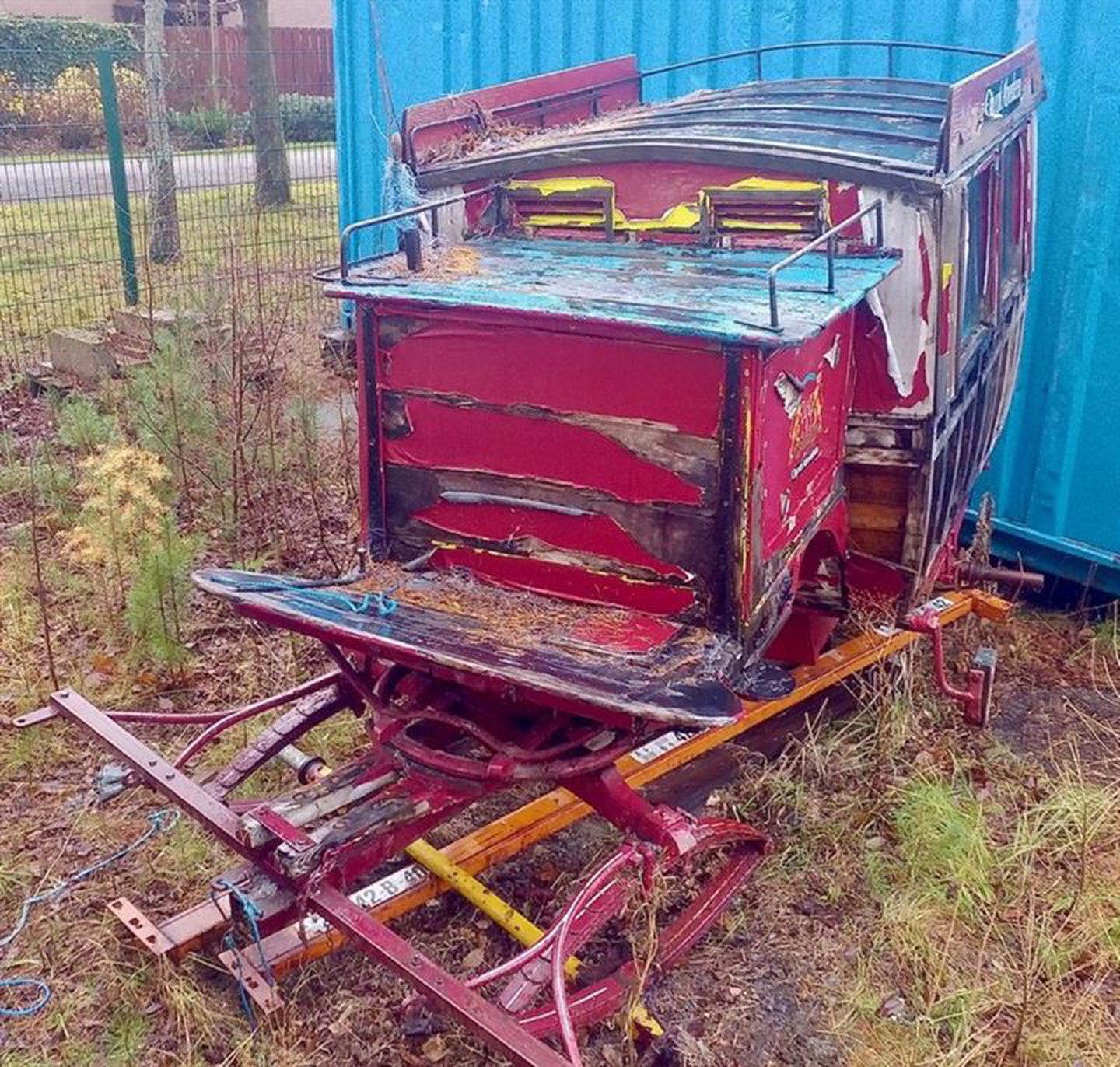
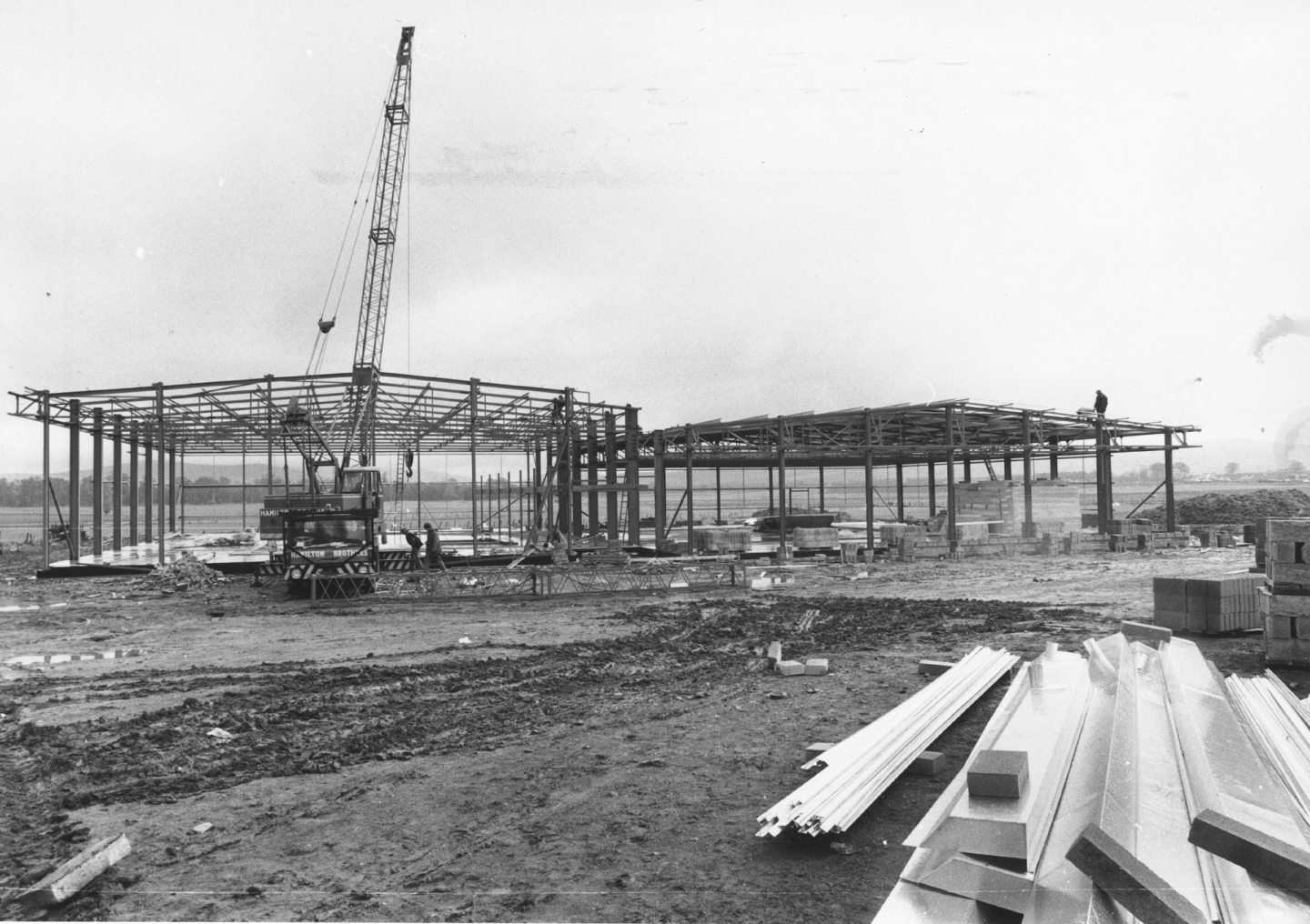
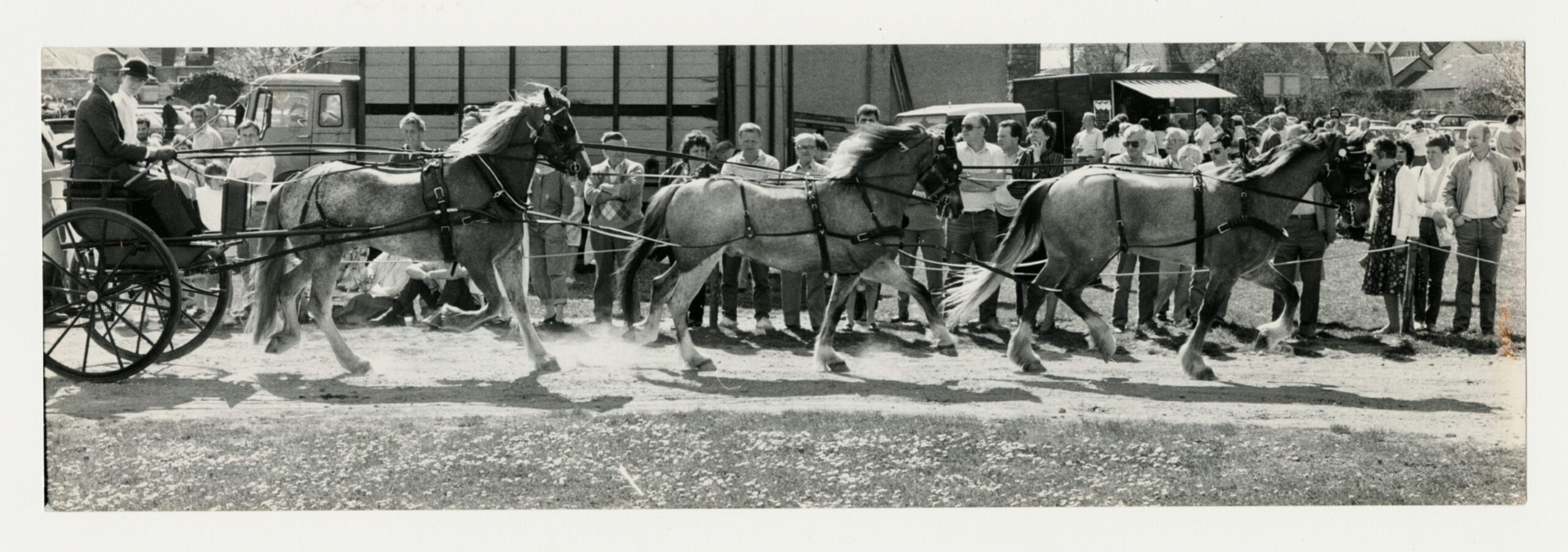
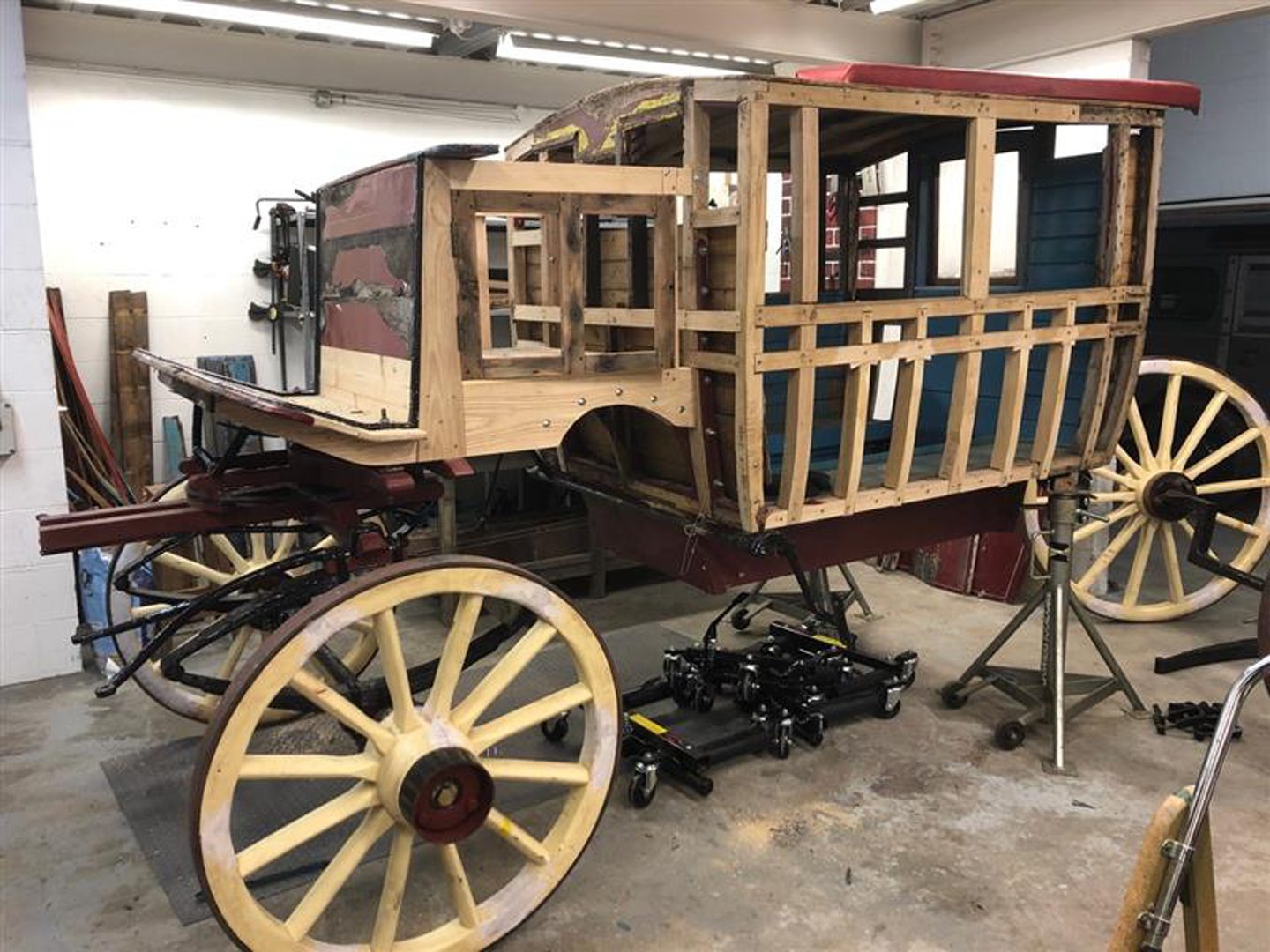
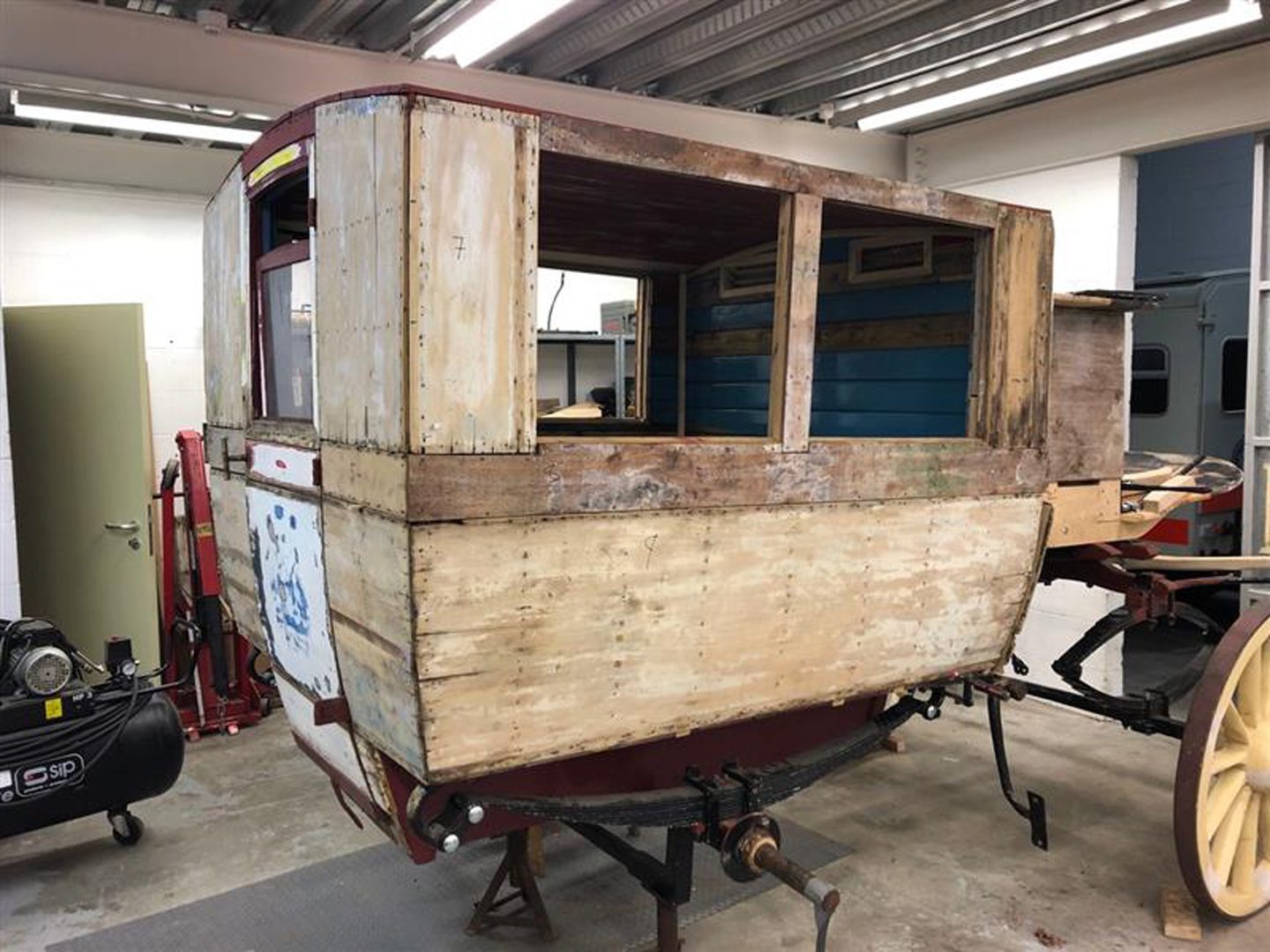
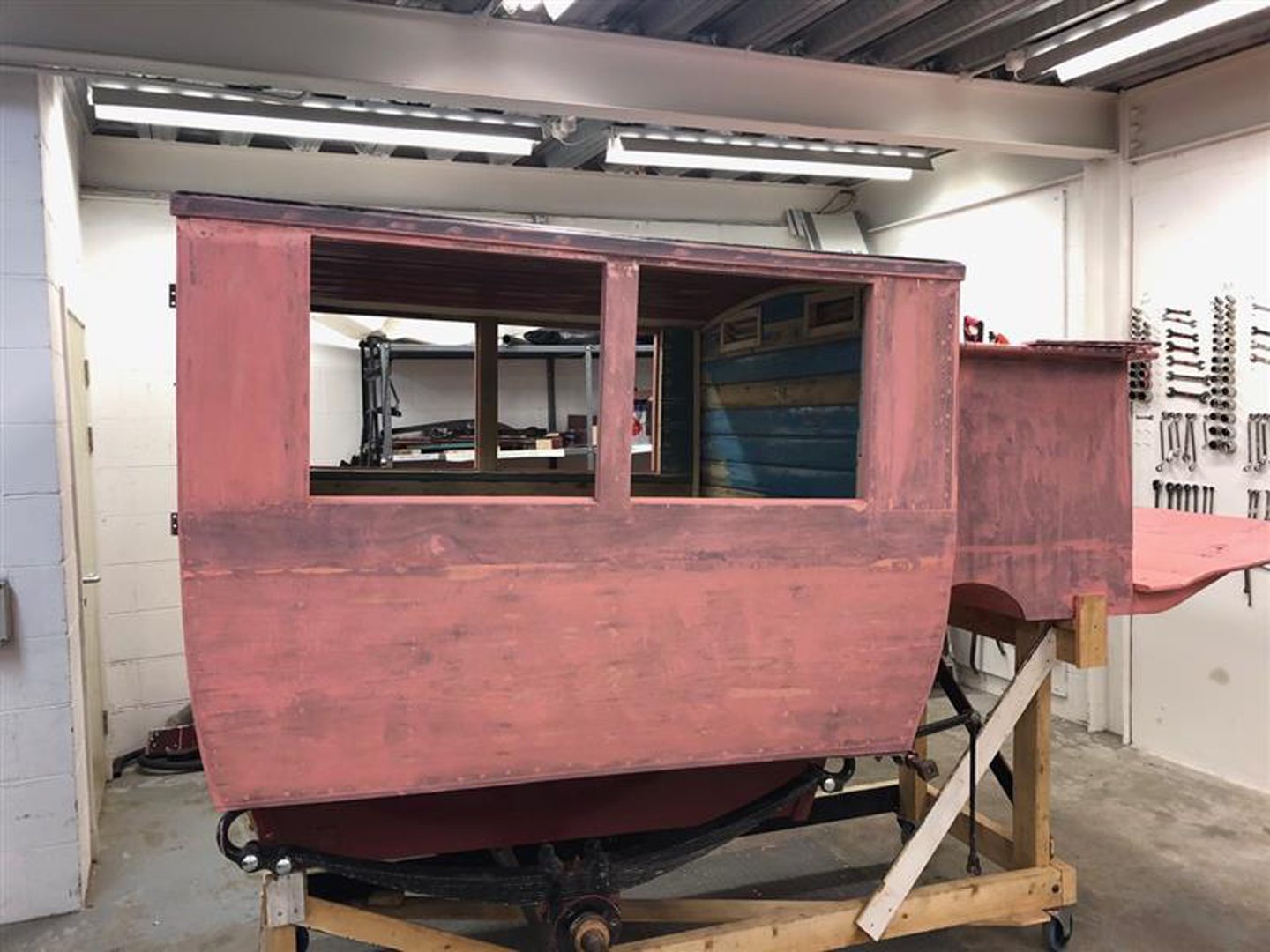

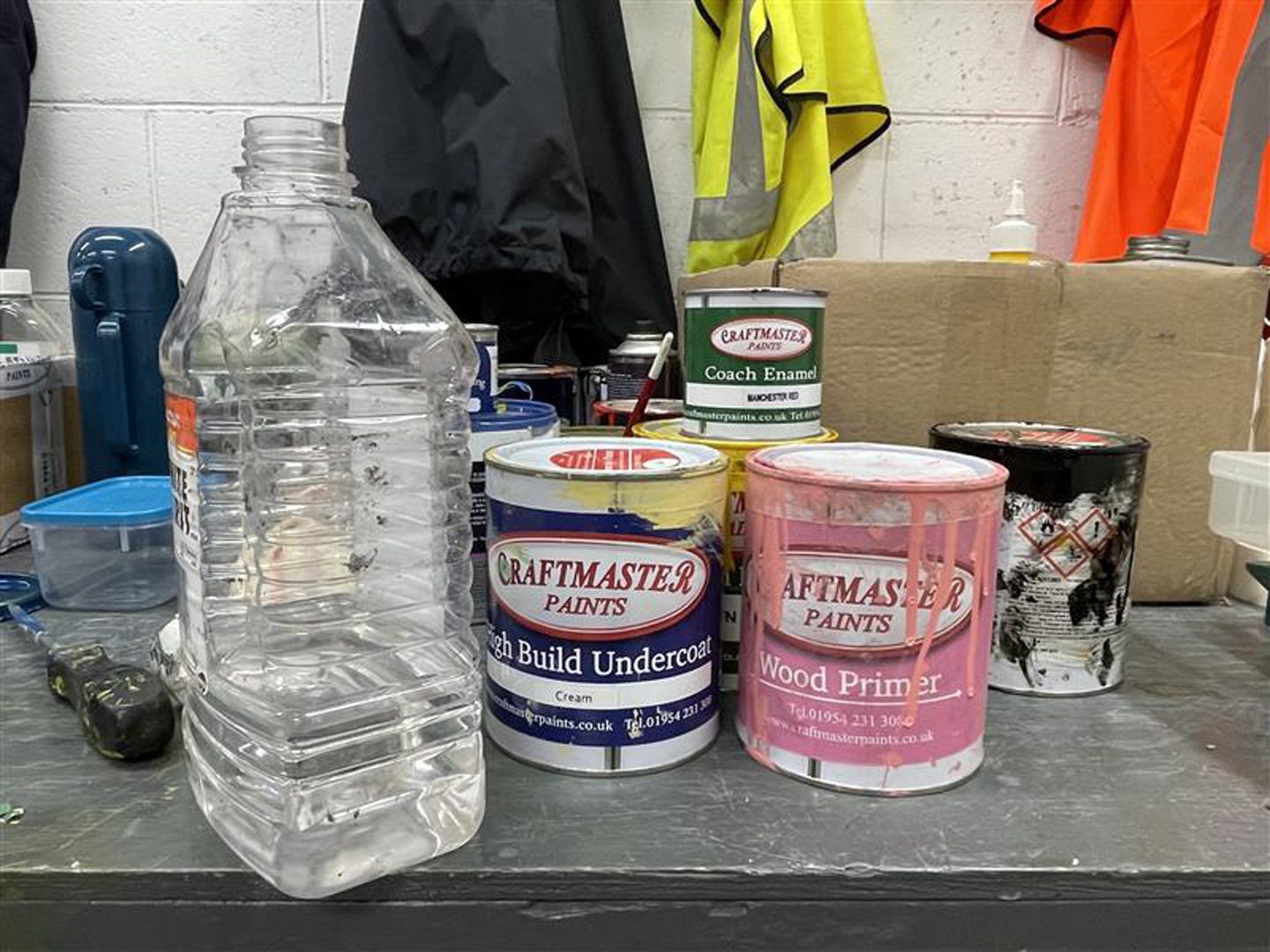
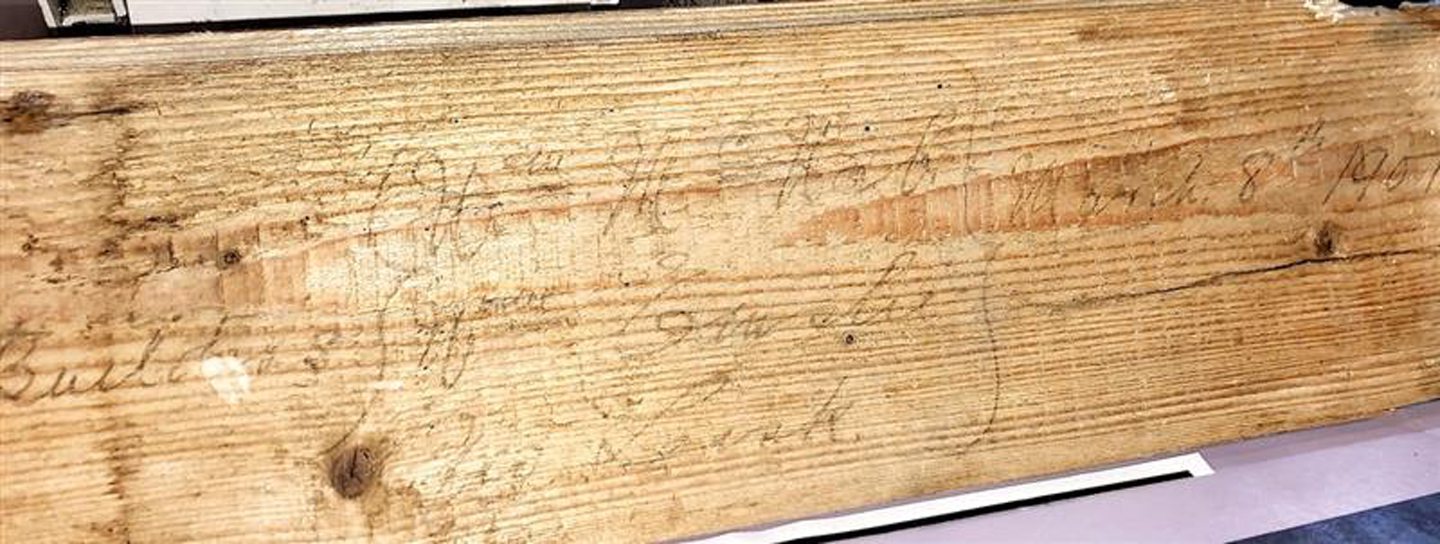
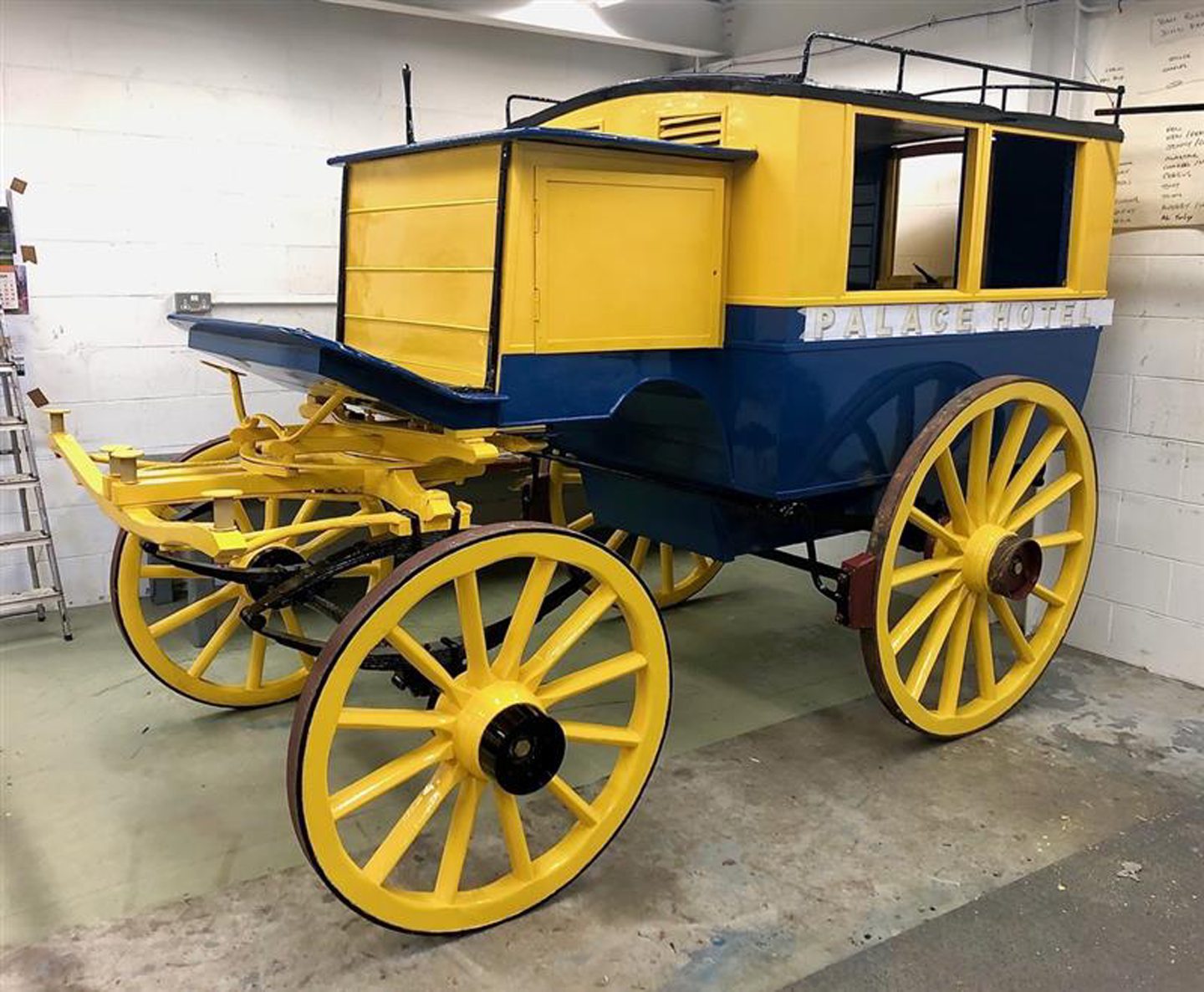

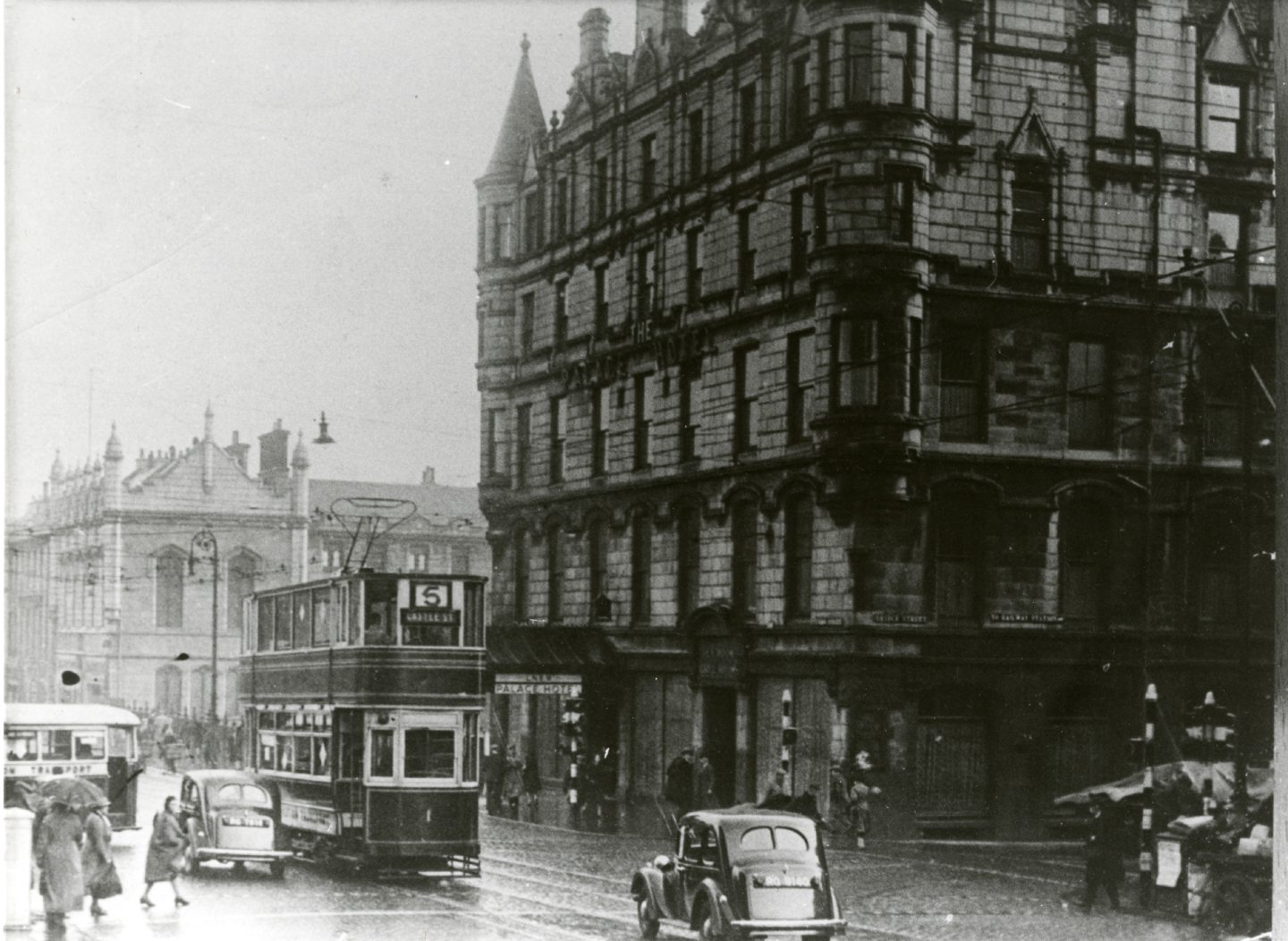
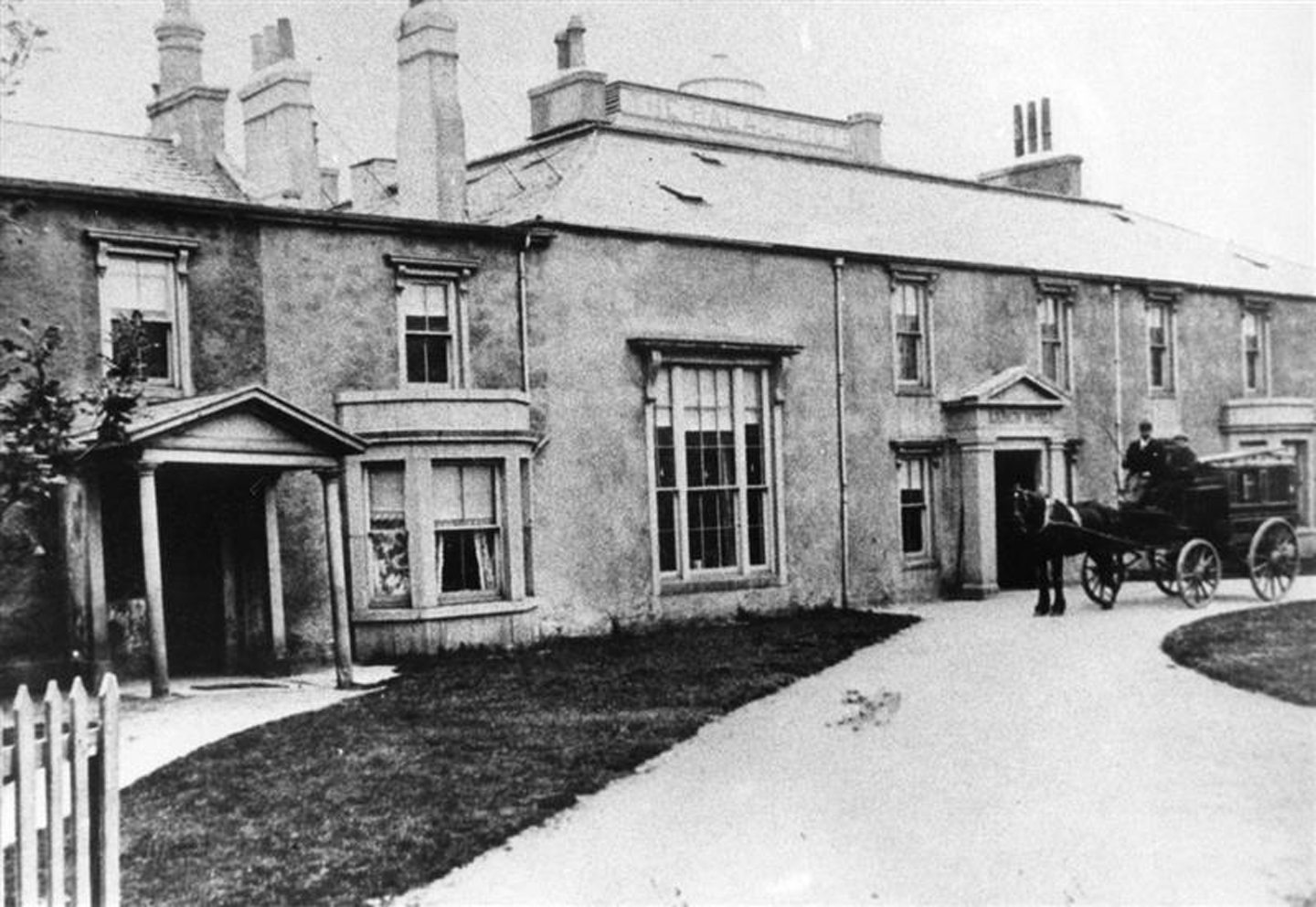
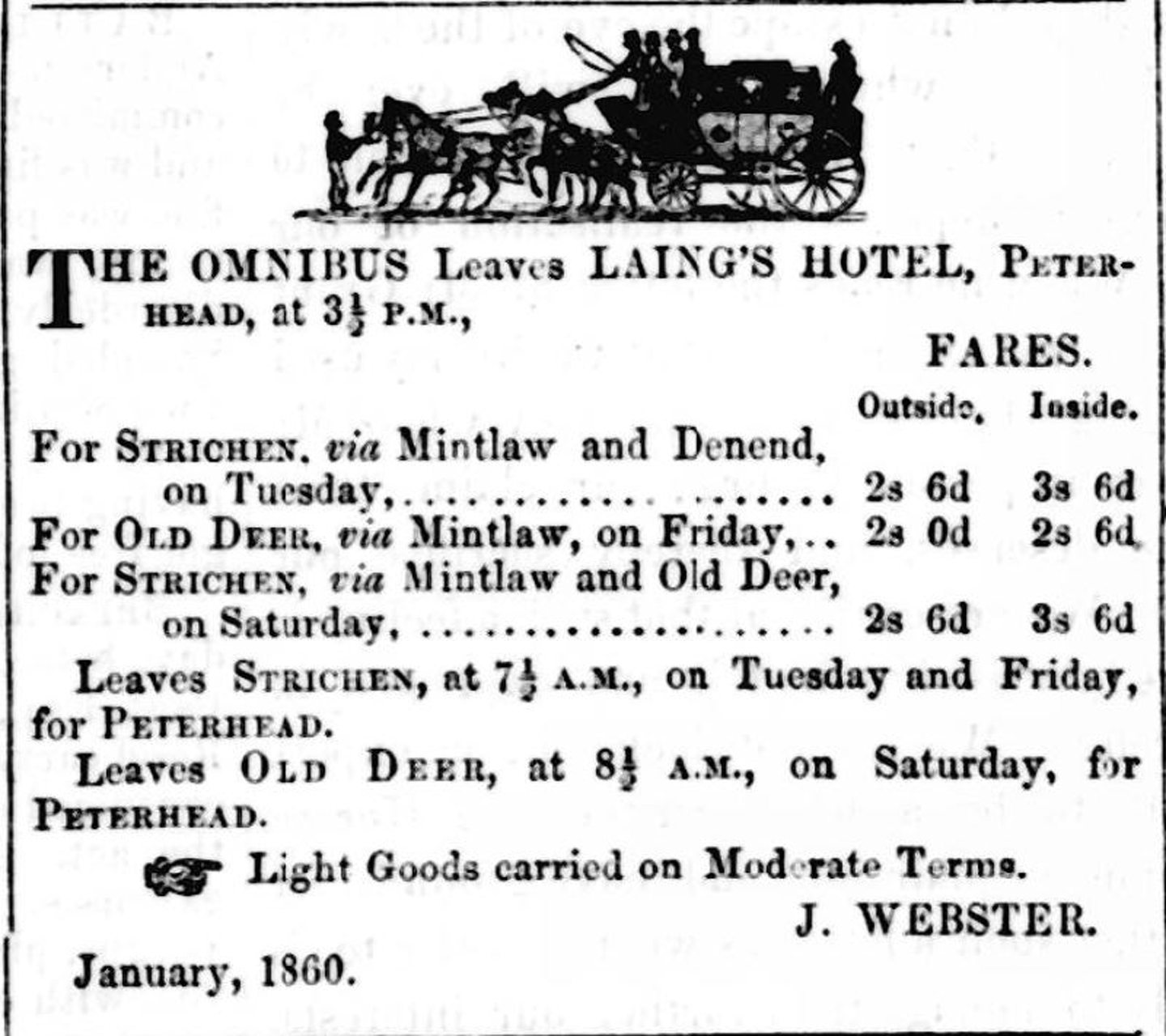

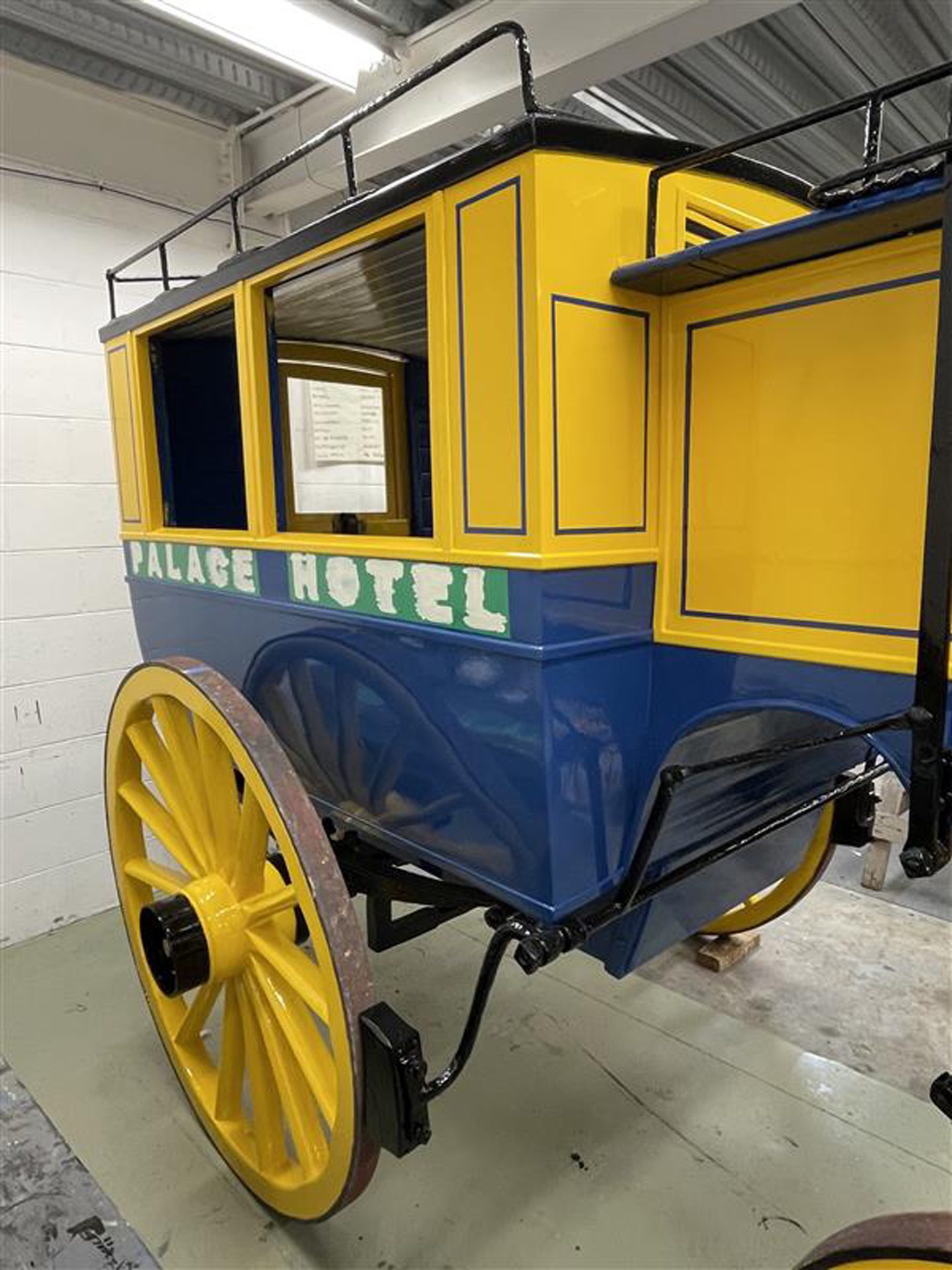
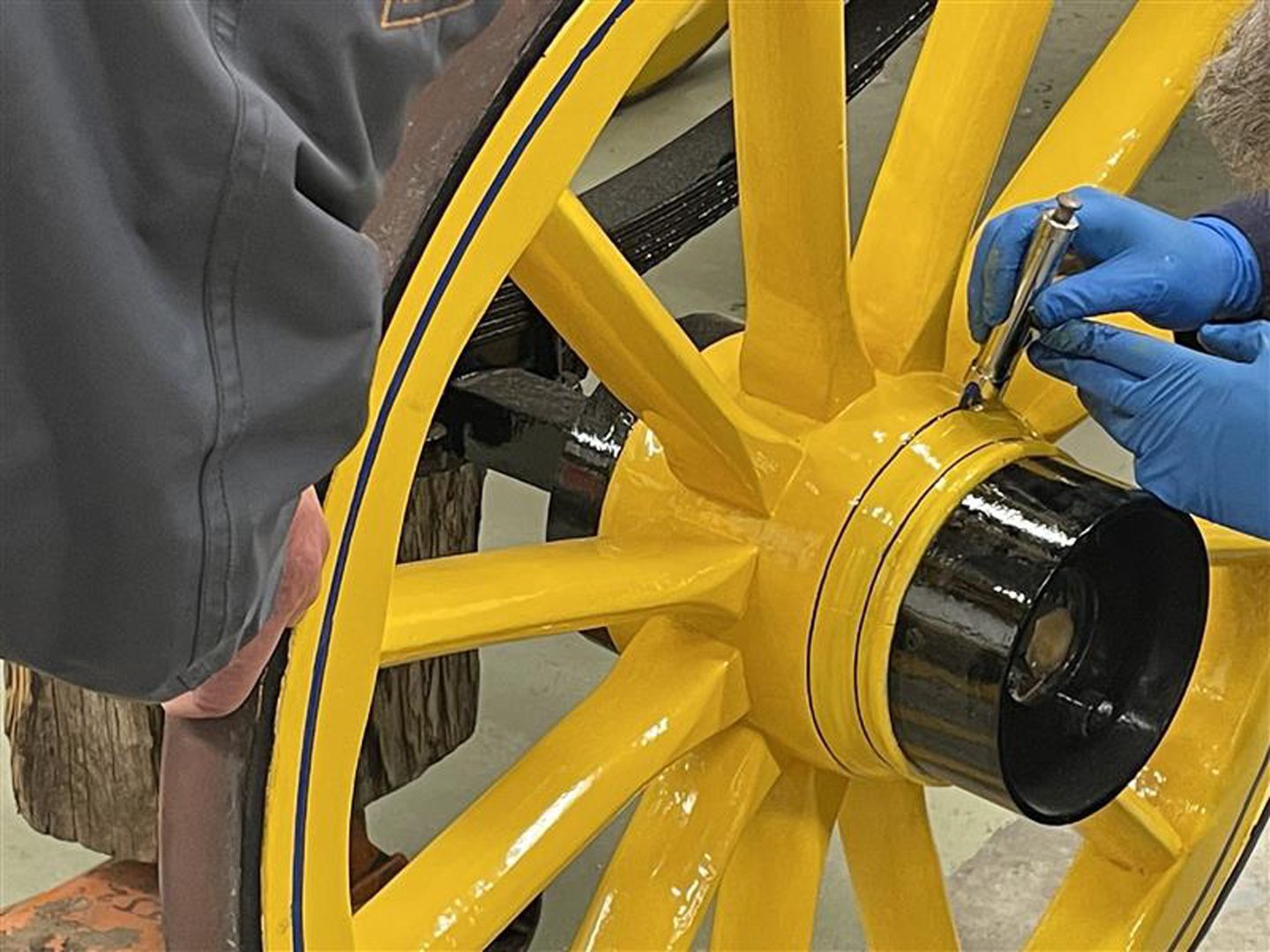
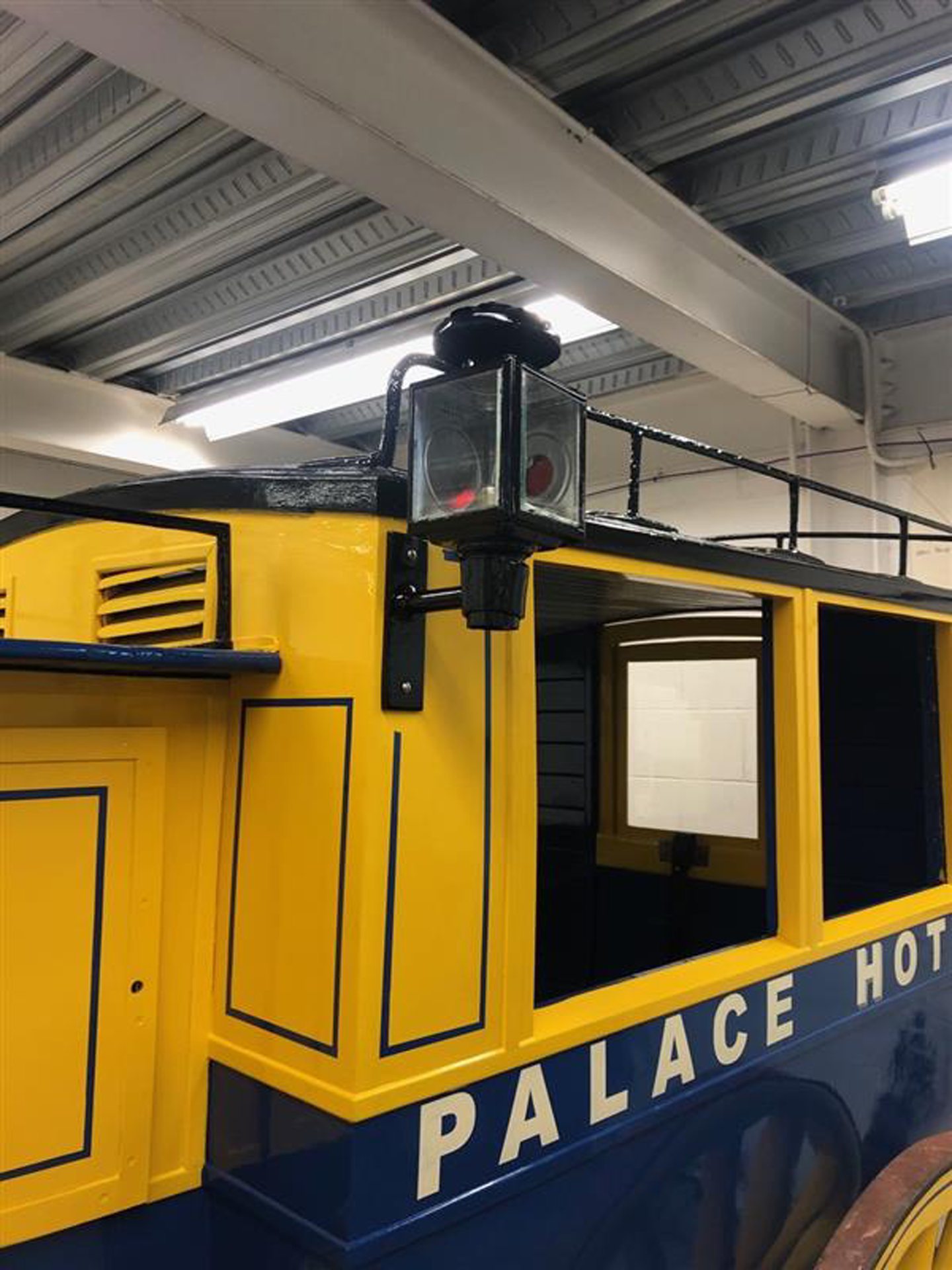
Conversation